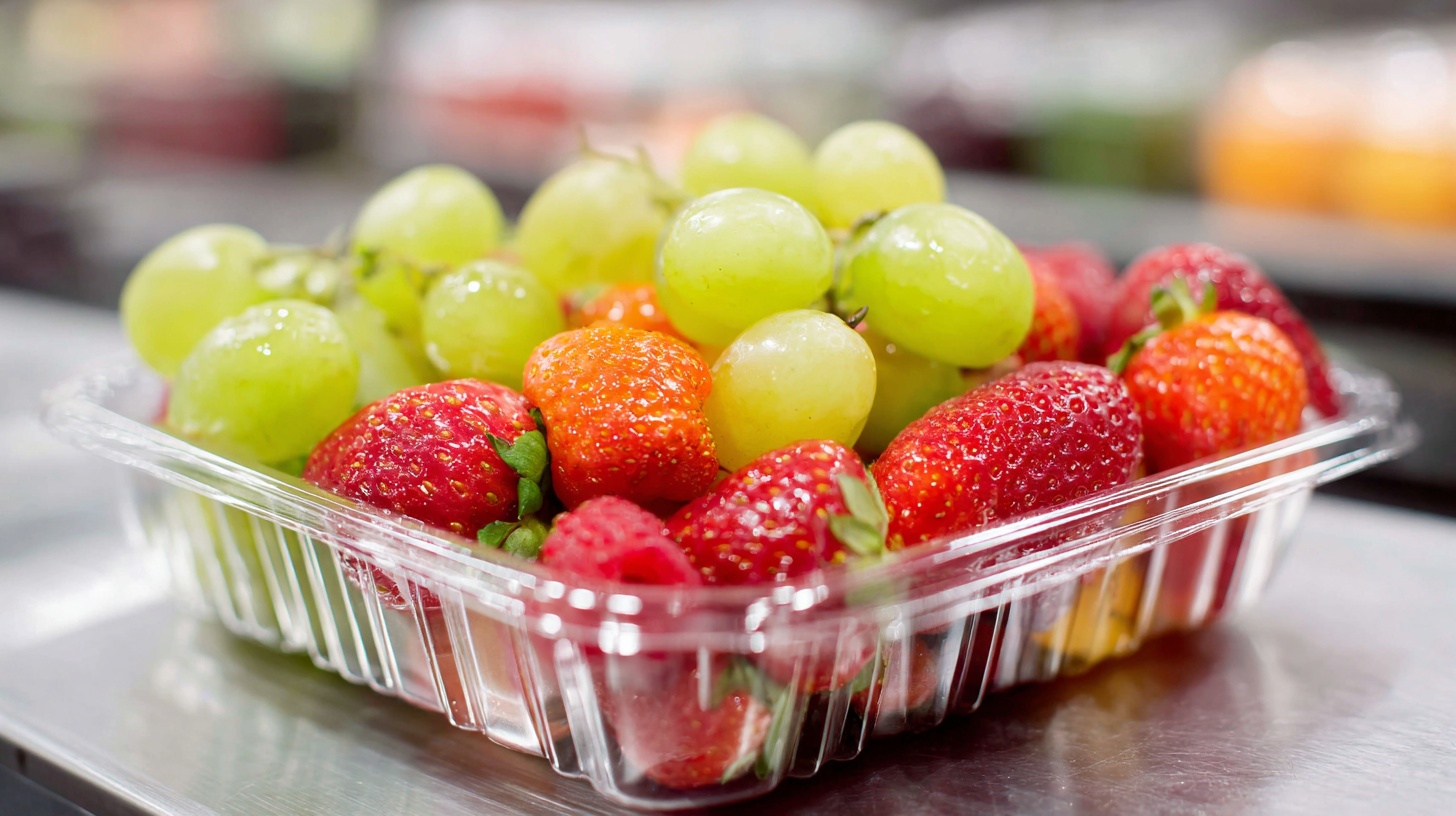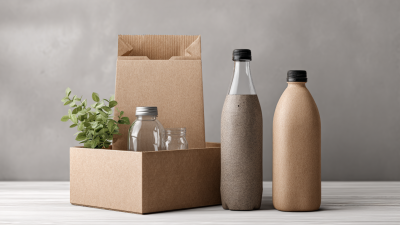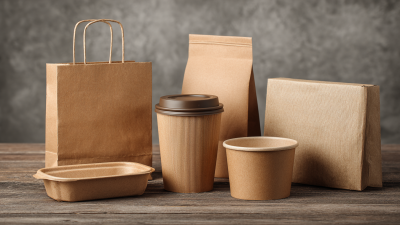In today's fast-paced market, the importance of food packaging cannot be overstated, as it plays a crucial role in both preserving product quality and enhancing consumer experience. A comprehensive report by Smithers Pira indicates that the global food packaging market is projected to reach $470 billion by 2024, driven by increasing consumer demand for convenient and eco-friendly packaging solutions. This growth underscores the vital role that innovative packaging strategies can play in differentiating products and engaging customers in a competitive landscape.

Renowned food packaging expert Dr. Emily Johnson, who has extensively researched the intersection of sustainability and consumer behavior, states, "Effective food packaging is not just about containment; it's about creating a connection with consumers and building brand loyalty." Her insights highlight the dual benefits of food packaging: it serves as a protective barrier against external elements while also communicating brand values and product attributes. As businesses adapt to shifting consumer preferences, understanding the key benefits of food packaging becomes essential for fostering brand loyalty and driving sales.
Food packaging plays a crucial role in ensuring product safety and freshness, particularly in the perishable goods sector. Recent market reports indicate that the global fresh meat packaging industry is evolving to address sustainability and consumer safety concerns. With increasing awareness around food waste, the packaging solutions that extend shelf life while maintaining product integrity are gaining traction. For instance, innovations such as biodegradable films have been developed to monitor seafood freshness in real time, detecting spoilage compounds and providing consumers with visible signs of quality. This technology not only protects food but also fosters a connection between packaging and consumer confidence.

Moreover, the shift towards smart packaging—incorporating sensors and tracking technologies—is revolutionizing how food products maintain their quality during transport. Research highlights that robust supply chain management is integral to minimizing waste while ensuring that food remains safe from farm to fork. As the global consumer landscape evolves, companies must adapt their packaging strategies to address sustainability concerns, regulatory changes, and the demand for transparency in food freshness. By leveraging advanced packaging solutions, businesses can better meet consumer expectations and contribute to a more sustainable food system.
The choices businesses make regarding food packaging play a pivotal role in environmental sustainability. Selecting eco-friendly materials, such as biodegradable plastics or recycled paper, can significantly reduce waste and lower the carbon footprint associated with production and disposal. By opting for sustainable packaging solutions, companies not only contribute to conservation efforts but also attract environmentally conscious consumers who prioritize green practices.
Moreover, sustainable packaging can aid in reducing pollution in landfills and oceans, where traditional plastics often take centuries to decompose. Innovative designs that minimize material usage further enhance sustainability, as they lessen the demand for natural resources and energy during manufacturing. As businesses embrace these practices, they promote a circular economy, where materials are reused and recycled, thereby mitigating the environmental impacts of food packaging. Ultimately, responsible packaging choices are essential for protecting the planet and ensuring a healthier environment for future generations.
Innovative food packaging plays a crucial role in enhancing brand identity while meeting consumer demands for sustainability and safety. According to recent projections, the global smart packaging market is expected to reach $26.06 billion by 2025 and $40.2 billion by 2032, reflecting a compound annual growth rate (CAGR) of 6.32%. This growth signifies a shift towards packaging solutions that not only preserve food but also convey the brand’s commitment to safety and environmental stewardship.
As consumer preferences evolve, there is a notable increase in the demand for sustainable packaging options. For instance, the composite cardboard tube packaging market is anticipated to grow from $1.8 billion in 2024 to $3.2 billion by 2034, with a CAGR of 5.8%. This trend is clearly driven by consumers' inclination toward recyclable and environmentally friendly materials. Brands are now leveraging innovative packaging technologies to create a deeper emotional connection with consumers, ultimately enhancing their market presence and fostering loyalty through a shared commitment to sustainability.
Consumer convenience is increasingly recognized as a critical component of the shopping experience, and effective food packaging plays a pivotal role in this dynamic. According to a report by the Food Packaging Association, approximately 70% of consumers make their purchasing decisions at the shelf, driven by packaging attributes such as ease of use, visibility, and informative labeling. This indicates that packaging serves not merely as a protective layer but as a key influencer guiding consumer choices.

Moreover, innovative packaging solutions enhance convenience by improving product accessibility and portability. In a survey conducted by Mintel, 62% of consumers indicated that packaging which allows for easy resealing and portion control influences their purchasing decisions positively. Brands that invest in functional packaging not only cater to the growing demand for convenience but also boost customer satisfaction and retention. As consumers continue to prioritize ease and efficiency in their shopping experiences, businesses that harness the power of effective packaging will likely enhance their market share and brand loyalty.
Cost efficiency in food packaging plays a crucial role for businesses striving to maintain a competitive edge in the ever-evolving market. As the global packaging market continues to expand significantly, from an estimated $1109.44 billion in 2025 to projections of $1452.86 billion by 2032, companies must carefully balance packaging quality with their business expenses. Rising material costs, particularly for corrugated cardboard, have compelled businesses to explore innovative packaging solutions that reduce costs without compromising on sustainability.
For many businesses, the challenge lies in adapting to increased costs, such as those associated with new recycling initiatives. As some companies pivot towards more sustainable practices to meet consumer demands, they also seek ways to mitigate rising expenses through efficient material usage and dimensions. This shift not only aids in balancing budgets but also resonates with a consumer base that is increasingly environmentally conscious, thus making cost-effective packaging strategies essential for long-term success.



